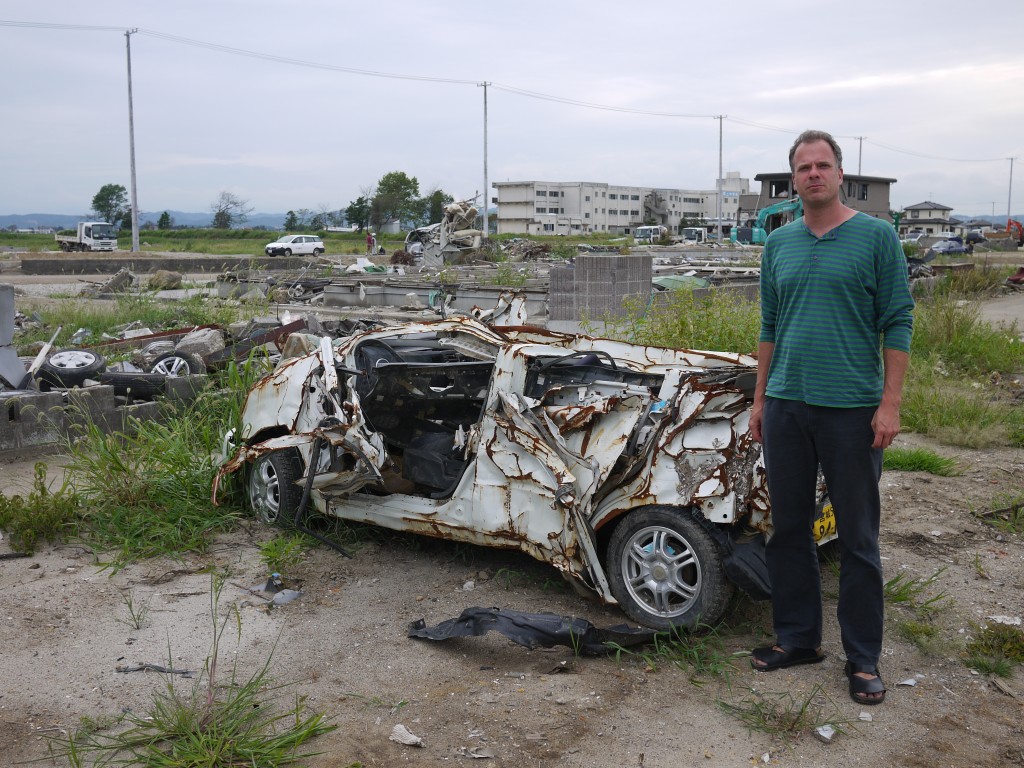So – once again – Japan has a new prime minister. There’s nothing in particular about Yoshihiko Noda that makes him terribly interesting, he certainly does not look likely to emerge as the kind of integrative, innovative leader that the country could need following the ‘triple disaster‘. There’s also nothing that’s known about Mr. Noda that would make him of particular interest in terms of educational policy. The rollback of ゆとり教育 was completed this year in terms of curricular content, as was the abolition of school fees for high school and there are no large items remaining on the DPJ agenda. Given his age, I suspect that Mr. Noda might well have attended 学習塾 in his own educational career, but I don’t even know that.
What I do know and what was noted in the press in the election for the DPJ presidency and thus the prime ministership was that Mr. Noda is a former student at the Matsushita Seikei Juku (松下政経塾). And in the party election, he was not alone in this, Seiji Maehara, former foreign minister, is also a former student of the Seikei Juku.
I had previously heard about the 松下政経塾 from a number of juku operators in Tokyo. They often cite it as an example of the kind of transformative ambition that many of them have regarding the role of juku – as private initiatives – in the education system.
Interestingly, the Seikei Juku does not have a Wikipedia entry in English, though the Japanese entry is comprehensive in its information, and intriguingly, the German entry seems to have been recently deleted.
The Seikei Juku’s website as well as the Wikipedia entry both write about the Juku as the “Matsushita Institute of Government and Management“. This certainly makes it sound much greater than the more common translation of juku as ‘cram school’. The terminology is thus of some interest to me.
What makes the Seikei Juku a ‘juku’ as opposed to an ‘institute’ or ‘school’? Clearly, the Seikei Juku is meant to be a “private academy” of the kind that Richard Rubinger wrote about in his 1982 book Private Academies of Tokugawa Japan. It is also a ‘juku’ in the way that Keio University’s formal name at foundation and even today is 慶應義塾.
As an aside, I recently learned that the president of Keio University continues to be addressed as 塾長 not 学長, emphasizing the private roots and links with Keio’s founder Yukichi Fukuzawa.
The Seikei Juku was founded by Panasonic founder and CEO Konosuke Matsushita in 1979 and continues to be supported by various corporations in the Matsushita stable of firms. It was founded in part as a counter to the emerging tendency among Japanese politicians to be inheritors of their political office, i.e. the sons (rarely daughters), nephews or grandsons of major politicians, 世襲政治家. Both Mr. Noda as well as Mr. Maehara are good examples of this intention of the Seikei Juku in that neither are examples of such dynastic politics.
There are other aspects of the Seikei Juku that make it quite different from the typical academic juku that I focus on in my research. As far as I can tell, the Seikei Juku serves primarily as a meeting place for ambitious young men and women (though only an 8th of the students are women) who live in a dormitory together, receive some funding and attend invited lectures. There appears to be no permanent faculty/teaching staff nor a set curriculum, though activities are prescribed broadly and ‘enrolled’ students seem to sometimes attend the Juku as a gap-year activity (the gap year is also becoming more popular in Japan at the moment, by the way), but as a gap year between university education and entry into a corporation or while they are attending a university, most likely a well-known private or national university. Jukusei are between 22 and 35 years of age and they are enrolled in the Juku for four years.
Much more information on recent alumni, selection, and other features of the Seikei Juku can be gleaned from the Japanese wikipedia entry and the Juku’s webpage, so I won’t paraphrase that here.



